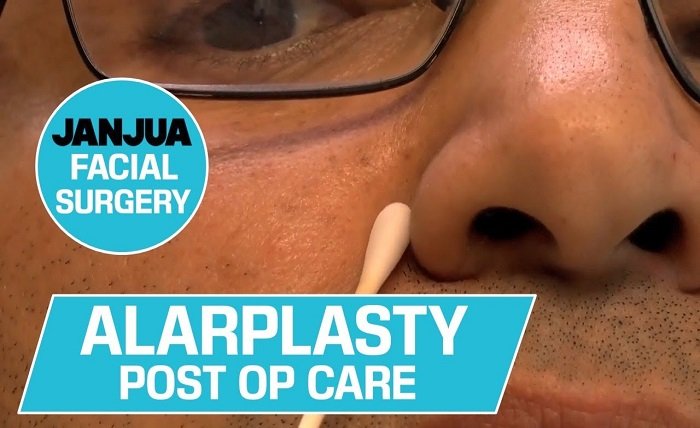Alarplasty: A Cosmetic Procedure to Reshape the Nose

Alarplasty, also known as alar base reduction surgery, is a cosmetic procedure that changes the shape of the nose by removing a small amount of skin from the sides of the nostrils. Alarplasty can reduce the width and flaring of the nostrils, as well as improve the symmetry and harmony of the nose with the rest of the face. In this article, we will explain what alarplasty is, how it is performed, what are the benefits and risks, and how much it costs.
What is Alarplasty?
The alae are the fleshy parts of the nose that connect the nostrils to the cheeks. They can vary in size, shape, and thickness depending on the individual’s facial structure and genetics. Some people may feel that their alae are too wide, too flared, or too prominent, which can affect their self-confidence and appearance.
Alarplasty is a surgical procedure that aims to correct these issues by removing a small wedge of skin from the base of each nostril. This reduces the size and angle of the alae, making them narrower and less flared. Alarplasty can also improve the balance and proportion of the nose with the rest of the face, enhancing the overall facial aesthetics.
Alarplasty can be performed as a standalone procedure or in combination with other types of rhinoplasty (nose reshaping surgery). Alarplasty is usually done under local anesthesia with sedation or general anesthesia. The procedure typically takes about an hour and does not require hospitalization.
How is Alarplasty Performed?
There are different techniques for performing alarplasty, depending on the desired outcome and the surgeon’s preference. The most common techniques are:
- Wedge excision: This technique involves removing a triangular wedge of skin from each nostril at the alar base. The incisions are made externally along the natural crease where the nostril meets the cheek. The remaining skin is then sutured together to create a narrower and less flared nostril. This technique does not affect the shape or size of the nostril opening.
- Sill excision: This technique involves removing a strip of skin from each nostril at the sill, which is the area between the ala and the columella (the strip of tissue that separates the nostrils). The incisions are made internally inside the nostril. The remaining skin is then sutured together to create a narrower and smaller nostril opening. This technique can also reduce the distance between the nostrils.
- Weir excision: This technique is a modification of the wedge excision technique that involves removing a curved wedge of skin from each nostril at the alar base. The incisions are made externally along the curve of the nostril rim. The remaining skin is then sutured together to create a narrower and less flared nostril that follows the natural contour of the nose. This technique can also adjust the angle and position of the nostril.
The surgeon may use one or more of these techniques to achieve the best result for each patient. The surgeon may also use other techniques such as alar cartilage resection or grafting to refine or enhance the shape and structure of the nose.
What are the Benefits and Risks of Alarplasty?
Alarplasty can have several benefits for people who are unhappy with their nose shape or size. Some of these benefits are:
- It can improve the appearance and self-esteem of people who feel that their nostrils are too wide, too flared, or too prominent.
- It can enhance the harmony and proportion of the nose with the rest of the face, creating a more balanced and attractive facial profile.
- It can correct asymmetry or deformity of the nostrils caused by genetics, injury, or previous surgery.
- It can complement other types of rhinoplasty to achieve a more comprehensive and natural-looking nose reshaping.
conclusion
However, like any surgical procedure, alarplasty also has some risks and potential complications that should be considered before undergoing it. Some of these risks Alarplasty can be performed as a standalone procedure or in combination with other types of rhinoplasty (nose reshaping surgery). Alarplasty is usually done under local anesthesia with sedation or general anesthesia. The procedure typically takes about an hour and does not require hospitalization.




